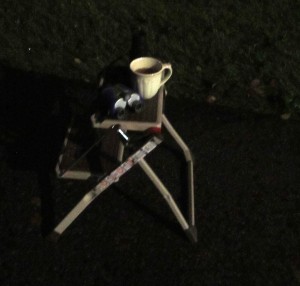
Posted on new.va
The Synod on the Family, called by Pope Francis, is into week two. The first document has been released. It is really a summary of what has been discussed thus far. The rest of the week will be spent with the bishops in small groups, refining the document that then will be released. As noted in NCR’s article, the document speaks in new tones of listening and recognition of the dignity of persons, and with mercy.
Still, I find myself bristling at the continued use of the word “failure” or “failed” in discussion of divorced people. Yes, truly listening to the concerns and realities of ordinary people is a step forward and perhaps heralds a coming openness to change in policies that do not reflect the love and mercy of Jesus. Still, as one who is divorced and who has worked with women in abusive situations, I must say that many times, leaving a marriage is not a “failure,” but a success. To stay in a relationship that has become oppressive, that no longer is life-giving, or that has become abusive simply to “obey the rules” is not something to encourage.
In some of these situations, if the spouses (or spouse) would pursue an annulment, the church might say the sacramental marriage was invalid, it never happened….But many do not pursue such a course. The church should respect the persons involved, not calling them failures, but supporting them as they move on.
A topic completely missing from the discussion is that of the transgender community. (Read entire document here.) Often overlooked, the “T” in “LGBT” needs to be considered. Many transgendered people have left the Catholic church after enduring humiliating experiences including the suggestion that they be exorcised for the demon within. The lack of understanding of current medical and psychological knowledge about this reality is a glaring omission.
Today, the issues of the transgender community are becoming more and more visible in the media and social consciousness of the reality has grown. The Roman Catholic Church needs to follow that lead.
The current movement is hopeful. We’ll see how far the Spirit leads and how far the Church follows.














